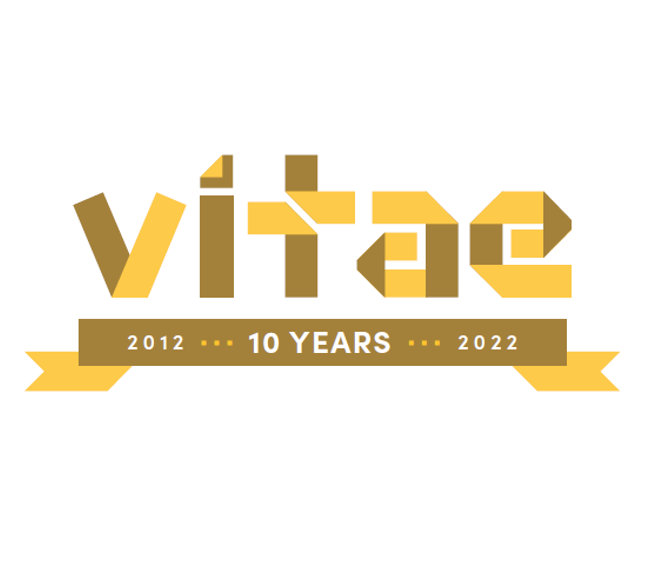Dr. George presented at the Vitae event today. Vitae is a hallmark event recognizing research excellence across University of Utah Health. This year Vitae celebrated six rising-star faculty who are on the forefront of their professions as they shared stories of their science and how they got to where they are today. Vitae annually highlights investigators and their pioneering research programs. The program seeds new
collaborations and development strategies by humanizing research through story. The Vitae annual symposium is presented by Vice Chair for Faculty Affairs and Development, Department of Internal Medicine, and Michael Rubin, MD, PhD, on behalf of the Office of the Associate Vice President for Research.
Myoelectric Controls Symposium 2022

The first in-person conference for our lab was a huge success! Our Lab had four podium presentations and two posters at the Myoelectric Controls Symposium (MEC) in New Brunswick, Canada. We took home both 1st and 2nd place student awards! We’re very proud of all our students and their hard work!
MEC is a mix of researchers, companies, patients, therapists, and clinicians dealing in upper-limb prosthetics, and it is always an enjoyable conference! Special thanks go to the University of New Brunswick (UNB) for hosting the conference!




